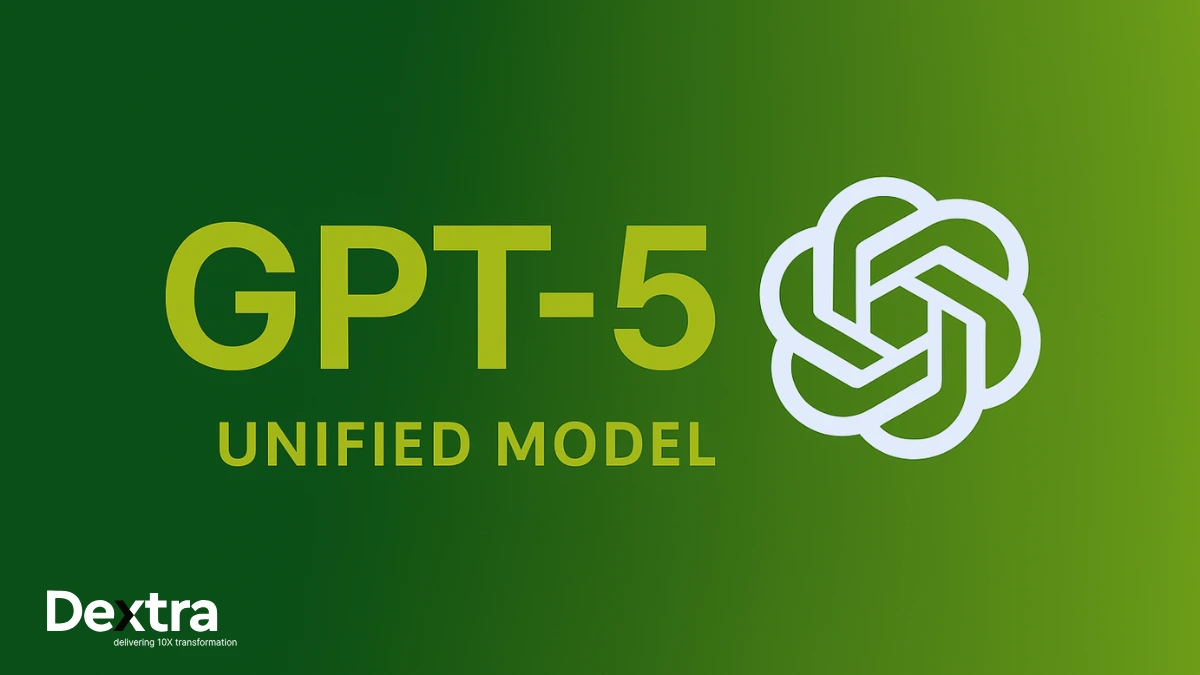A Case Study in Multi-Agent AI Systems : The Problem with Fragmented AI Research Tools
Scientific research has traditionally been a complex and iterative human endeavor, requiring rigorous hypothesis generation, literature reviews, experiment design, implementation, and result analysis. Over the past decade, AI has begun to assist in specific tasks within this process—like literature mining using large language models (LLMs), automated lab robotics, and simulation frameworks.
However, these tools often operate in isolation.
Researchers are left stitching together disparate AI systems for different phases of the research cycle. While one tool might retrieve scholarly papers, another might aid with experimental planning, and yet another with data visualization or model training. This fragmentation results in:
- Bottlenecks between stages of research.
- Inefficiencies and increased time-to-discovery.
- Inconsistent outcomes due to manual handoffs.
- A heavy dependence on human supervision to validate AI outputs.
This fragmented approach significantly limits the true potential of artificial intelligence in accelerating scientific progress—until now.
The Solution: What Is NovelSeek?
Developed by the Shanghai Artificial Intelligence Laboratory, NovelSeek is a unified, multi-agent AI framework designed to autonomously perform the entire scientific research cycle—from hypothesis generation to experimental validation.
What sets NovelSeek apart is its ability to:
- Ideate, design, and refine experiments without human input.
- Connect all research stages into a seamless, automated loop.
- Handle multiple research domains, including chemistry, biology, AI, and materials science.
- Deliver results that are not only fast but also on par with or better than human performance.
NovelSeek’s architecture is built to simulate how a team of researchers works, replacing manual collaboration with an orchestrated multi-agent system that mimics the scientific reasoning loop.
Architecture Breakdown: Inside NovelSeek’s Multi-Agent System
NovelSeek is composed of four major functional agents, each playing a critical role in the research workflow:

1. Survey Agent
This agent performs a deep and adaptive literature review, starting with a broad search to identify high-level themes and narrowing down to full-text analysis for technical depth. It contextualizes problems by analyzing task definitions and keywords to find:
- State-of-the-art methods
- Research gaps
- Datasets and benchmarks
2. Code Review Agent
The Code Review Agent evaluates existing codebases, sourced from platforms like GitHub or user-uploaded files. It:
- Parses code structures
- Detects implementation bugs
- Summarizes and suggests improvements
- Aligns prior methods with new research directions
3. Idea Innovation Agent
Responsible for generating creative hypotheses and research strategies, this agent:
- Synthesizes knowledge from the Survey and Code Review agents
- Proposes novel ideas or tweaks to existing frameworks
- Benchmarks new ideas against existing baselines
- Refines ideas through iterative learning
4. Planning and Execution Agent
The final agent translates ideas into actionable research plans, handling:
- Experiment design and simulation
- Real-world lab execution (in integration with robotics or emulators)
- Automated error handling and debugging
- Iterative optimization based on results
Performance Results Across Tasks
NovelSeek has demonstrated impressive outcomes across 12 diverse scientific tasks, significantly improving both performance metrics and speed of execution.
| Task | Baseline | NovelSeek | Time Taken |
| Chemical Reaction Yield Prediction | 24.2% ± 4.2 | 34.8% ± 1.1 | 12 hours |
| Enhancer Activity Prediction (Biology) | 0.65 (Pearson r) | 0.79 | 4 hours |
| 2D Semantic Segmentation (Computer Vision) | 78.8% precision | 81.0% precision | 30 hours |
| Large-Scale Codebase Management | Not feasible | Successfully handled multi-file analysis | Project-level |
Such improvements are not only statistically significant, but also time-compressed. Tasks that would traditionally take researchers weeks or months are now completed within hours to days.
Benefits of Using NovelSeek
Efficiency
- Accelerates full-cycle research by 10x or more.
- Reduces human workload by automating planning, execution, and validation.
Accuracy
- Achieves higher predictive performance due to iterative optimization.
- Reduces error rates in code and experiment design through built-in agents.
Human-AI Synergy
- Allows human experts to intervene at any stage, enhancing creativity and oversight.
- Functions as an autonomous collaborator, not just a tool.
Open-Source Accessibility
- Source code is publicly available.
- Enables collaborative improvement, reproducibility, and community-driven validation.
Takeaways: How This Shapes the Future of Scientific Research
NovelSeek represents a paradigm shift in the scientific method. Instead of fragmenting the research pipeline across tools and human intervention, it creates a closed-loop, AI-driven discovery engine. This has transformative implications for:
- Academic research, where speed and innovation are key.
- Pharmaceuticals and biotech, where rapid experimentation can save lives.
- AI and machine learning, by offering self-optimizing development pipelines.
- Education, as a tool for training the next generation of researchers in interdisciplinary science.
By minimizing human dependency and enabling 24/7 iterative exploration, NovelSeek blurs the boundary between assistant and autonomous researcher.
Final Thoughts
NovelSeek is not just another AI model—it’s a scientific collaborator, built to rethink how we approach discovery. In a world where complexity and data grow exponentially, systems like NovelSeek could define the future of knowledge creation, making research faster, smarter, and more inclusive than ever before.



